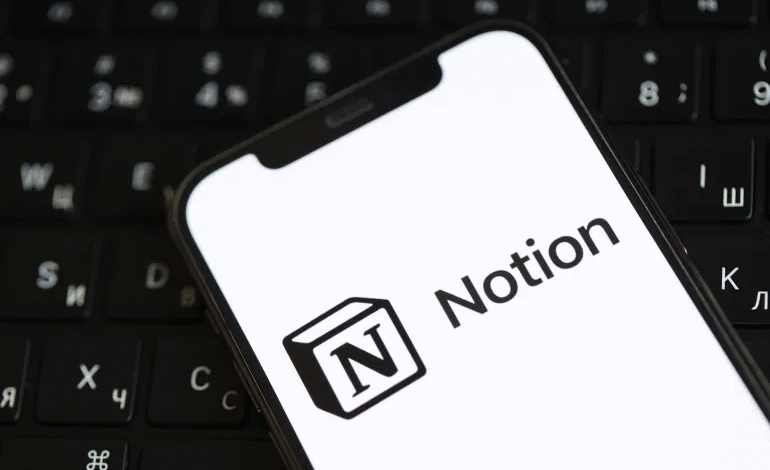The Rise of Notion: How a Simple Idea Became a $10 Billion Productivity Powerhouse

In the fast-paced world of productivity tools, few applications have captured user loyalty as strongly as Notion. What began as a bold idea has evolved into a global phenomenon that transformed how individuals and teams organize, collaborate, and create — all inspired by the simplicity and modularity of Lego blocks.
Notion introduced a set of fundamental building components — pages, tables, lists, and boards — that users can assemble into powerful, customizable systems. This report traces Notion’s journey from humble beginnings to becoming a productivity giant valued at $10 billion.
The Birth of the Idea
In the past, building anything in the digital world required basic programming skills. But Notion changed the game by enabling anyone — from students to major corporations — to create digital tools with ease.
The app’s appeal lies in its flexibility and simplicity. Much like snapping Lego bricks together, users can arrange Notion’s blocks to create entirely new tools suited to personal workflows and project needs. From note-taking and task management to planning, documentation, and team collaboration, Notion adapts to virtually any productivity scenario.
But the path to success wasn’t straightforward. The current version of Notion emerged only after years of experimentation, redevelopment, and critical decision-making.
Lego-Inspired Software
Efforts to empower non-technical users to build software date back to 2003, when WordPress first launched. Over the years, many companies embraced this no-code movement.
Among those fascinated by the Lego-like vision of modular software were Notion’s founders, Ivan Zhao and Simon Last.
Zhao, a cognitive science student passionate about art and digital design, often built websites for friends who lacked programming knowledge. Seeing the growing demand, he envisioned a tool that would enable people to express themselves online as easily as assembling Lego blocks. This vision became the foundation of Notion.
After meeting Last — a computer science student passionate about democratizing software creation — the pair secured $2 million in funding and began building a tool that would let users create websites without writing code. But like many early-stage startups, progress was challenging.
Success After Setbacks
Notion’s early version was unstable, buggy, and failed to gain traction. With dwindling funds and limited users, Zhao and Last faced a difficult choice: shut down the company or rebuild from scratch.
They chose the harder path — dissolved the team, relocated from San Francisco to the more affordable Kyoto, and restarted the project. At one point, Zhao even borrowed $150,000 from his mother to keep the company alive.
After nearly a year of work, they released a sleek black-and-white version of Notion, offering note-taking, text editing, task lists, and a robust library of templates. A key early addition was block-level comments, allowing users to interact with any block — text, images, tables — through intuitive right-click features.
Realizing users loved databases most, the founders focused the second version of Notion on relational databases, collaboration tools, templates, and Kanban boards. The introduction of database rollups and views brought sophisticated data management to everyday users.
Notion’s V2 launch on Product Hunt became a turning point. Its clean interface and flexibility captivated users, helping the platform surpass 1 million users and earn adoption from major companies like Amazon, Pixar, Uber, Toyota, and Nike.
From Startup to Global Leader
The COVID-19 pandemic reshaped how people work, elevating Notion into a critical remote-work tool. Its blend of documentation, project tracking, task management, and collaboration capabilities made it invaluable for distributed teams.
To strengthen its ecosystem, Notion released an API, enabling developers to integrate it with payment systems, CRM tools, and countless third-party apps.
Notion’s user base later surpassed 30 million active users, including more than 4 million paid subscribers, driving significant annual revenue growth. With the rise of AI, Notion integrated advanced artificial intelligence capabilities, cementing its position as a leader in next-generation productivity software.
Today, the company boasts 100 million users and a market valuation of $10 billion, solidifying its place as a major force in workplace technology.
A Legacy of Innovation
Notion’s rise from a struggling startup to a global productivity platform is more than a story of clever product design or good timing. It is a story of persistence, reinvention, and a vision that empowered millions to work in ways previously unimaginable.
What began as a dream inspired by Lego bricks has become an essential tool for personal productivity, project management, and team collaboration — reshaping the future of digital work.








